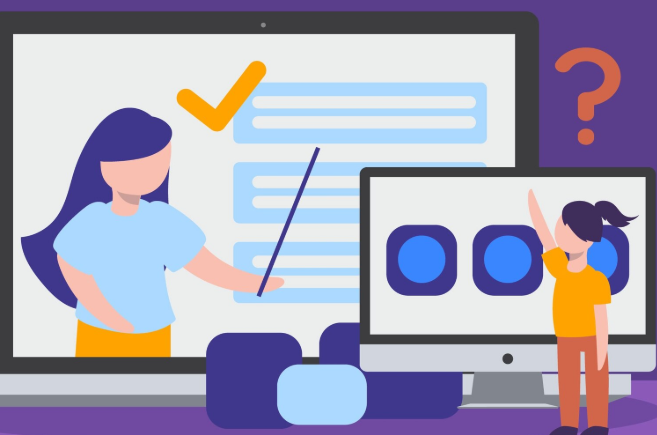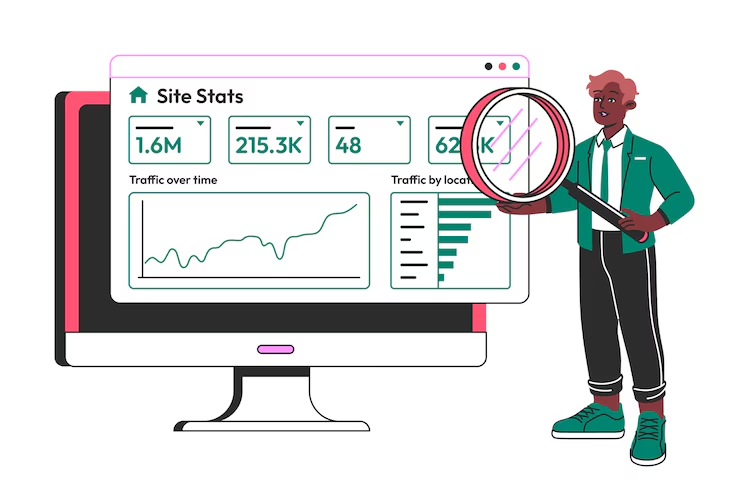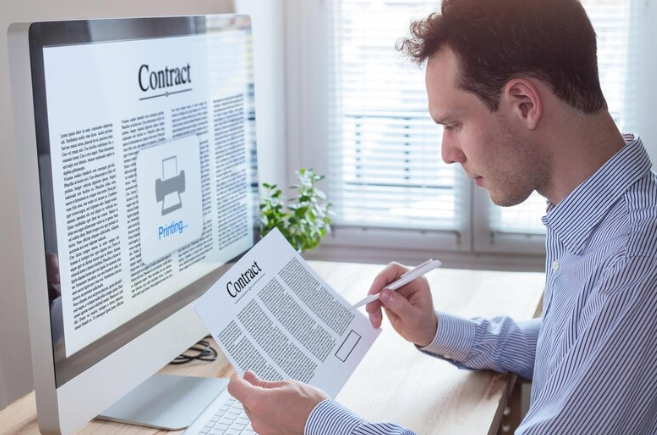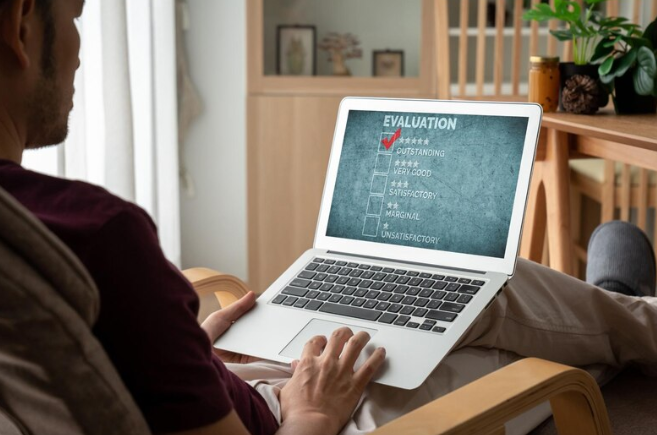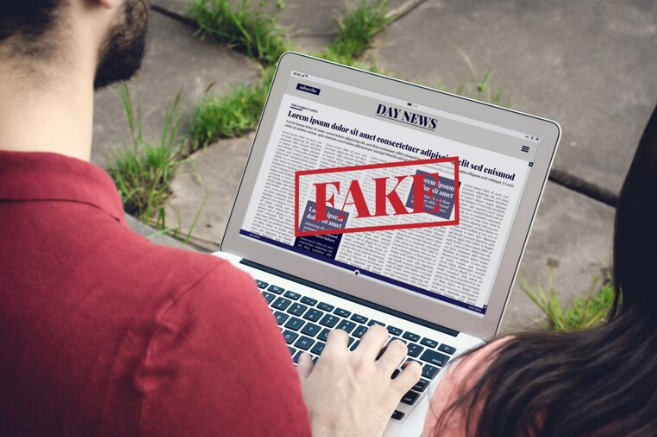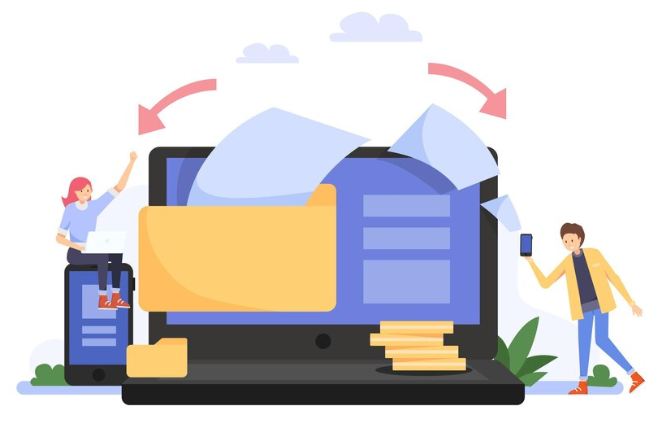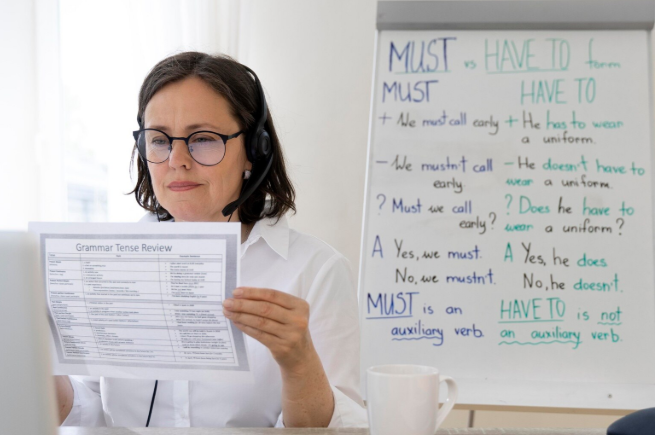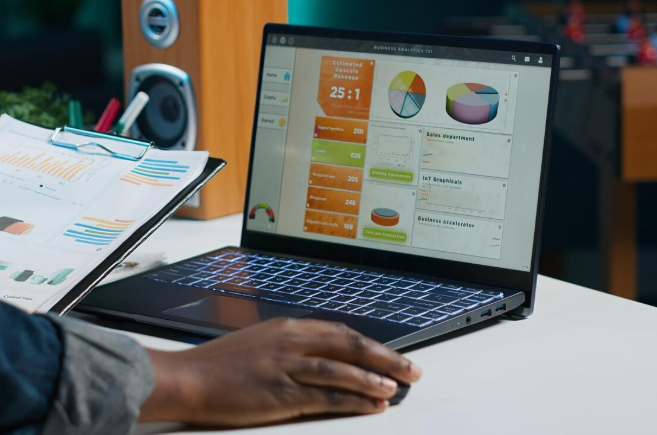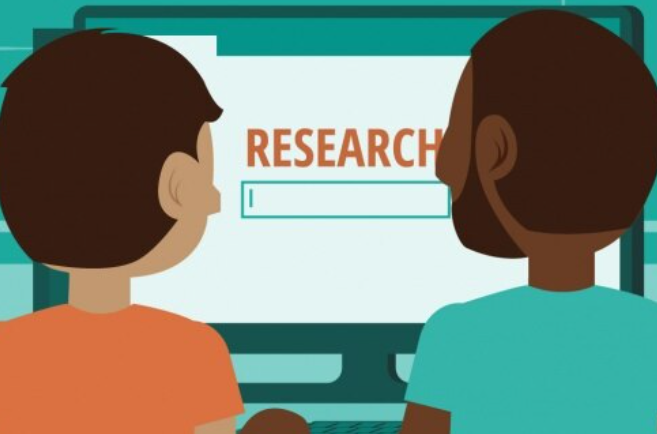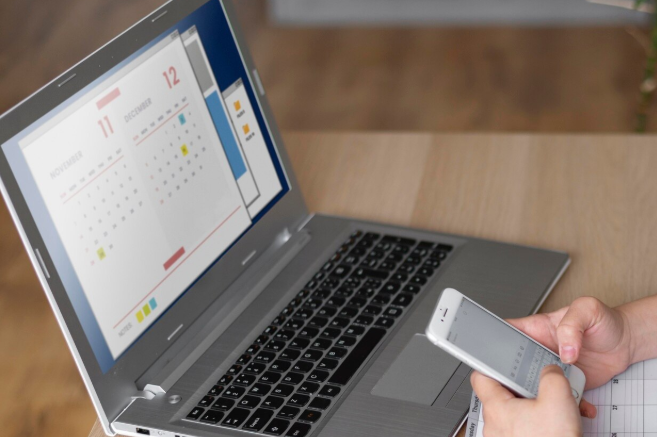Academic integrity depends heavily on originality. Universities and publishers emphasize the importance of rigorous citation and honesty in authorship. A trustworthy plagiarism check can be a valuable aid to writers, providing a method for double-checking original work and offering assurance of credibility, standing within, and adherence to academic integrity. To maximize the intended use of plagiarism checking software, it will not suffice to run your draft through it as a formality. To fully benefit from a plagiarism checker, using what are called best practices before, during, and after the check will assist you in achieving truly original work.
Below are Practical Guidelines to Enhance the Way You Use a Plagiarism Checker
1. Begin with Proper Citations and Quotations
Before running a plagiarism checker tool on your document, you should make sure to have included all proper citations and quotations in your document. All direct quotations require both quotation marks and citations; however, the same applies to paraphrased ideas. A properly cited draft will enhance the accuracy of the plagiarism checker functionality of the tool. While it also utilizes point detection systems to identify real problems, it focuses on formatting inconsistencies rather than points.
2. Use Drafts, Not Final Versions
By the time you submit your second or third draft—not final draft—to the plagiarism check, you would have been revising, and your citations, style, phrasing, and tables may be in flux. By checking amid thesis writing, you more easily catch unintended overlaps early, saving time and the hassle of correcting from drafts you thought were complete.
3. Understand Similarity Reports as Guides, Not Judgments
A plagiarism checker typically provides the similarity score and matched text on a single numeric scale. Use only as a general guide, and not as an absolute judgment. Matching text is not the same as saying someone committed plagiarism. Matching text can be words or phrases that I have in common, such as headings or bibliographies. Rather than only responding to the percentage, look at each of the flagged sections: see whether it is cited correctly, or you paraphrased it, or it could just be an inverted overlap of some type (e.g., methodology sections).
4. Adjust Matching Sensitivity and Sources Wisely
Many checkers allow you to exclude bibliography, quotations, or small matches. Use these filters: ignore citations, reference lists, and common phrases. Exclude websites or sources where you referenced your previous work to avoid self-plagiarism flags. Applying these settings ensures your checker highlights only meaningful overlaps, not technical or stylistic artifacts.
5. Manually Review Highlighted Sections
After the automated report, manually review flagged sections. If a section is flagged due to near-exact wording but includes a citation, reconsider paraphrasing or summarizing further. If it’s flagged for common academic terminology, it’s likely a false positive. Writing in your voice and interpreting ideas instead of copying them improves quality and naturally helps reduce similarity scores.
6. Paraphrase Effectively and Responsibly
Good paraphrasing is not just about changing the place of words; it is about rewording the meaning in your structure. Abstract ideas instead of reordering sentences from the original text. Use information from multiple sources, then explain this in your own words. At this stage, when you check the similarity report, there should be no closely matched content to the source, and so on. Assuming this is acceptable and justly attributed, etc.
8. Address Self-Plagiarism Thoughtfully
Similar to plagiarism, where someone else's work is copied, duplicate work in multiple assignments or publications within the academic writing community constitutes self-plagiarism. If you are borrowing parts of your prior work (e.g., literature reviews), let your readers know and cite your prior work as if it were someone else's work! Please set the plagiarism detector online to ignore known file sources to prevent creating false positives. You may still need to paraphrase highly used passages so as not to be original.
9. Use the Checker in Final Review Before Submission
Before submitting to your professor, journal, or publisher, use the checker one final time. At this stage, you should have polished your citations, refined paraphrasing, and resolved every flagged match. A final similarity scan provides confidence that any remaining matches are minimal or safe, enabling you to submit with integrity.
11. Teach Others by Showing How You Correct Matches
If you’re in a collaborative or supervisory role, demonstrating how to interpret the checker results and make edits accordingly enhances academic literacy. Walk colleagues or students through flagged text, demonstrate how to paraphrase or cite correctly, and discuss when matches are acceptable. Teaching these best practices using real examples promotes better habits across teams.
12. Combine Tools for Deep Scrutiny
While one online plagiarism checker may provide reliable overall detection, consider complementary methods for thoroughness. For example, manually search key sentences on Google Scholar, cross-reference library databases, or use institutional tools in parallel for critical submissions. This layered approach provides confidence that your work is entirely original and well-supported.
Frequently Asked Questions
Q: Does the checker detect paraphrased content?
Yes, most tools compare phrasing too closely to existing sources. That’s why effective paraphrasing and citation are essential after running a check.
Q: Will formatting errors affect the report?
Minor formatting issues occasionally cause mismatches. Always clean up your text (no hidden footnotes or code) before uploading.
Q: What’s an acceptable similarity threshold?
Check institutional policies, as limits vary. Human review remains essential regardless of the percentage shown.
Conclusion
The plagiarism checker is a significant tool, but one that requires your intent to use. When you ensure proper citation, use careful paraphrasing, engage with flagged results, and take the time to review drafts, you aren’t just using the tool to avoid plagiarism; you are also clearly demonstrating a commitment to academic integrity.
Are you ready to make this writing process more manageable? Please use the SEO Serene plagiarism detector online, a secure and browser-based application, to review your draft writing without worry, protect originality, and add respectability and polish to your academic writing.

